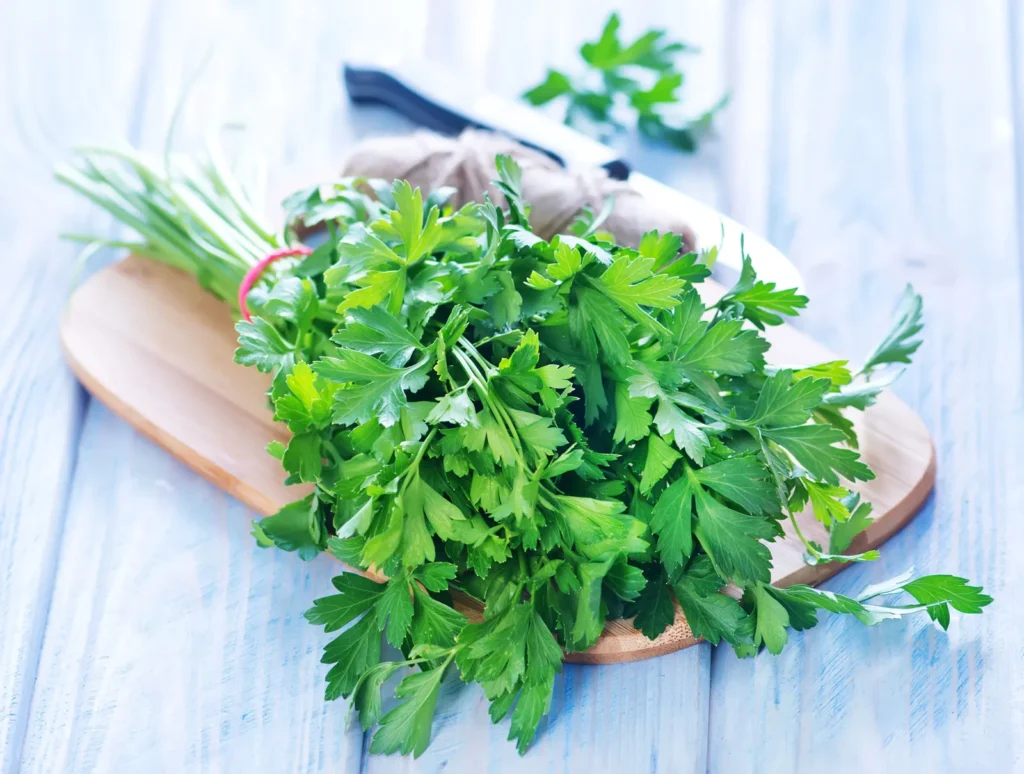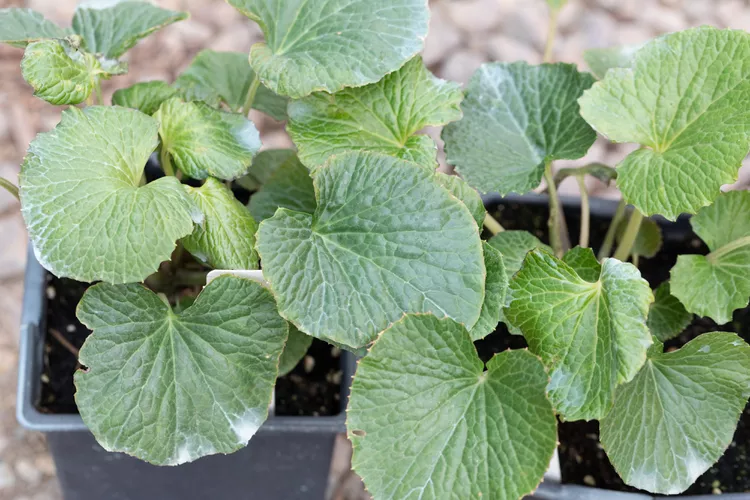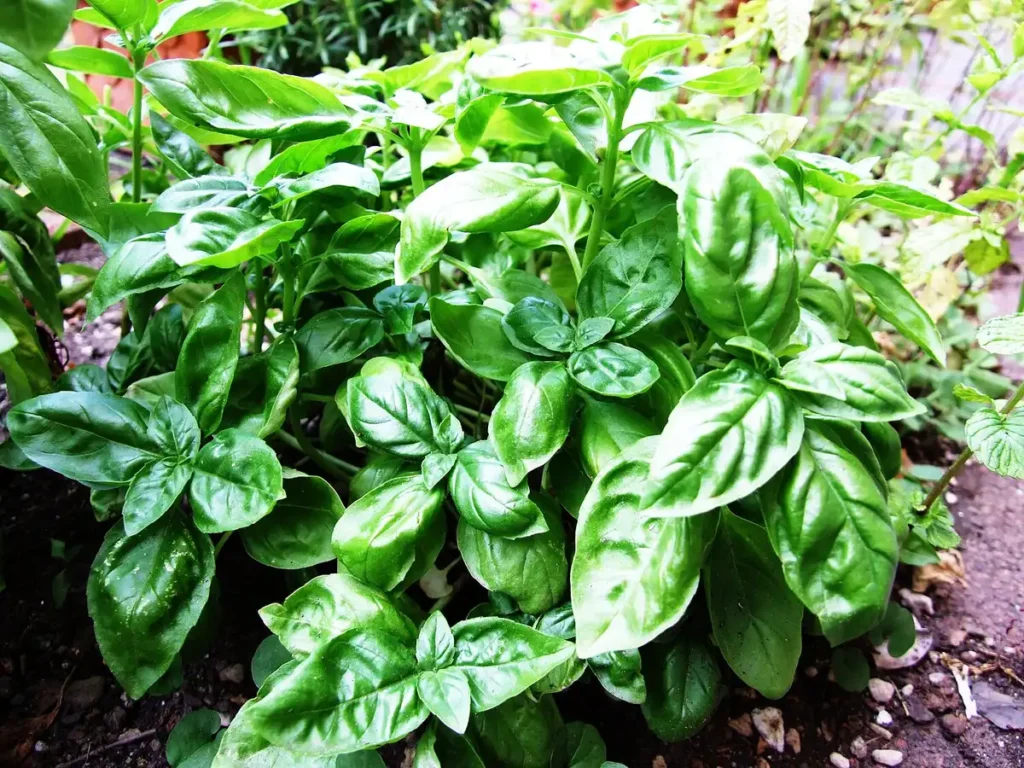
Description
Ginger’s leafy stems reach a height of roughly one meter. The leaves emerge from sheaths that envelop the stem and are 15 to 30 centimeters long. They are elongated and alternate in two vertical rows. Dense spikes resembling cones with overlapping green bracts that may have a golden border surround the flowers. A single little purple and yellow-green blossom is enclosed by each bract.
Habitat
This plant is indigenous to Southeast Asian moist tropical and subtropical woods, where it thrives in humid, partially shaded habitats.
Uses
The spice, which is often ground and dried, has a somewhat sharp flavor and is used to enhance pickles, ginger ale, breads, sauces, and curry meals. Green ginger, the fresh rhizome, is used in cooking. Boiling in syrup is one way to preserve peeled rhizomes. Ginger slices are consumed as a palate cleanser in Japan and other countries in between meals. Medical practitioners use ginger to alleviate colic and gas.
About 2% of essential oil is found in ginger; zingiberene and zingerone are the spice’s primary constituents and pungent principles, respectively. Rhizomes are used to extract oil, which is then used in the food and perfume industries.

Plant Care
- Light
Ginger grows best indoors in strong indirect light. It grows best outside in partial shade, especially if it is partially shielded from the afternoon light. It is best to find a partially shaded spot that receives some morning sunlight or all-day filtered sunlight. More sun may encourage the growth of rhizomes, but it may also scorch the leaves, making the plant appearance less attractive.
- Soil and Water
The ideal soil for ginger growth is slightly acidic (pH 6.0 to 6.5) and has good drainage. When planting ginger in the ground, make sure to incorporate a lot of compost to enhance drainage and help retain water. If cultivating it in a container, make sure to use high-quality potting mix.
Rhizomes on the earth’s surface may become exposed as your ginger plant grows; covering them with compost or potting soil can shield them from sunburn and promote the growth of further rhizomes. Continue to evenly moisten the soil. While it’s important to keep the soil wet, over irrigation might lead to rhizome rot. A layer of mulch applied outside will assist maintain uniform soil moisture. As harvest season draws near, cut back on irrigation (as leaves start to die back).
- Temperature and Humidity
As a tropical plant, ginger prefers warm, humid environments, so your best chance is to try to replicate these. When temperatures stay between 60°F and 90°F throughout the hot and muggy summers, it thrives as an outdoor container plant. Before the temperature drops below 55°F, bring indoor potted plants inside.
- Fertilizer
Ginger eats a lot of food. When it’s time to plant, mix a slow-release fertilizer into the potting or garden soil. Every three to four weeks, use a liquid fertilizer, such as kelp or fish emulsion.
Table





